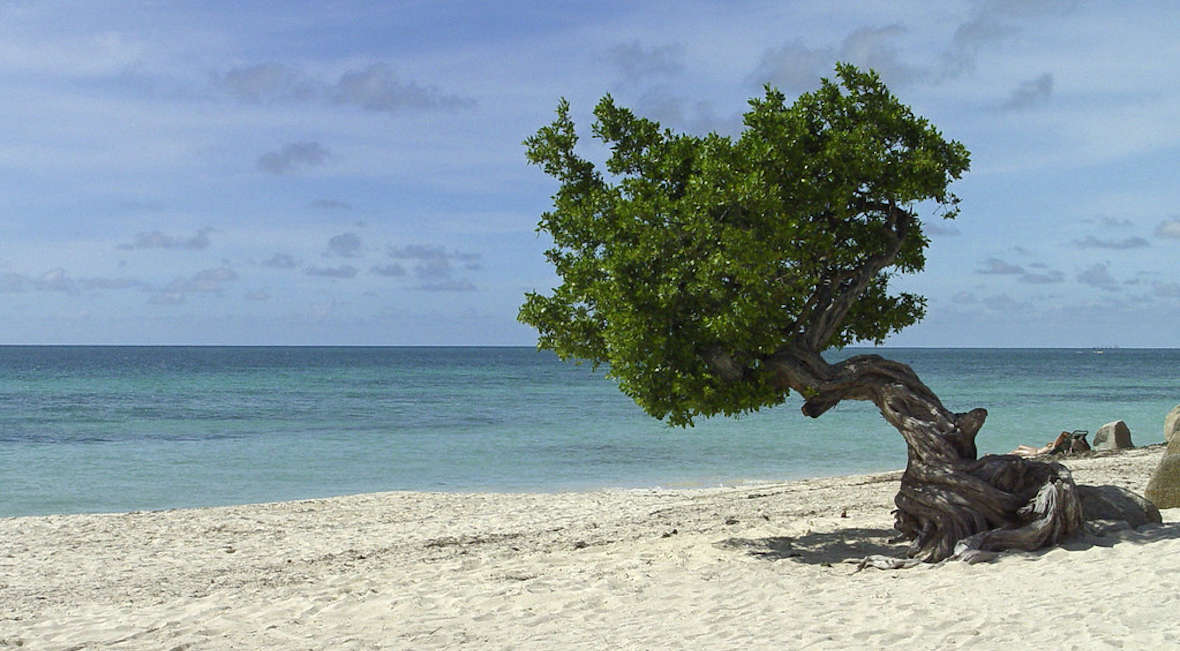
As it is centrally located, most visitors to Aruba make their way to Eagle Beach, drawn by pristine white sands and brilliant blue water. And it's free! Stroll the wide sands and snap a selfie in front of one of its famed fofoti trees, perhaps stopping to picnic in the shade of a palapa. Then enjoy watersports such as jet skis or hopping on a banana boat ride.
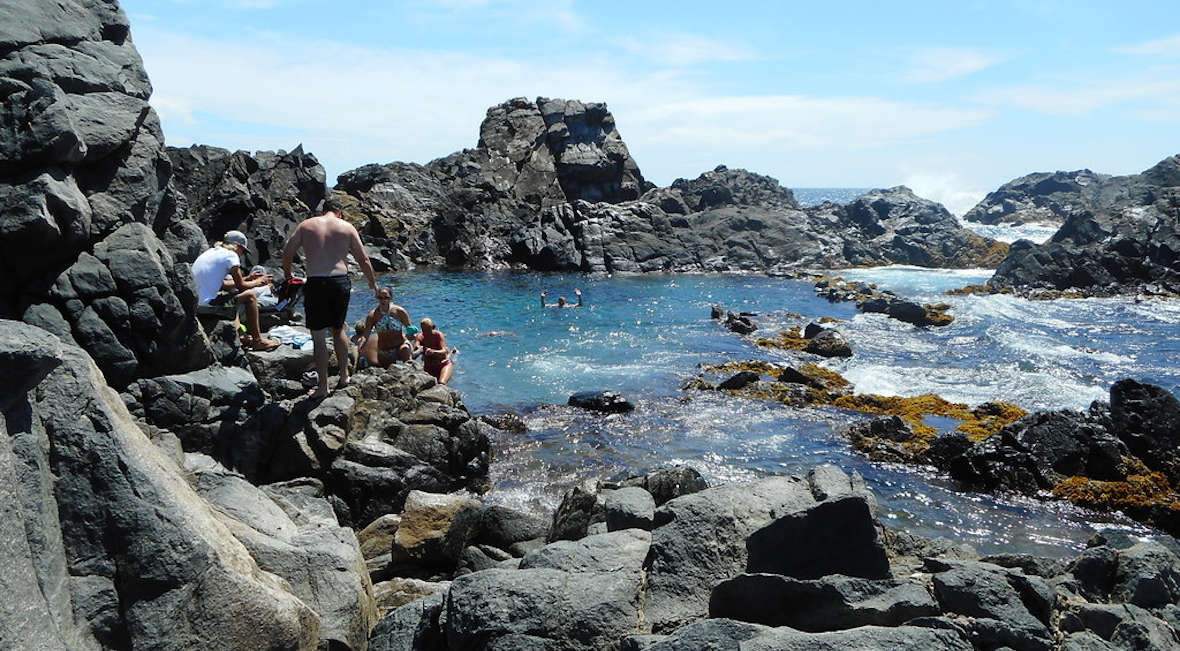
For an experience that is drastically different than basking on a white-sand beach, take a nature break at Arikok National Park. Whether you drive through or choose to hike through the rugged lands, you're apt to spot iguanas, lizards, donkeys, goats, and a host of tropical birds as you cross through the unspoiled landscape. You can also plunge into a natural pool for a brisk swim, explore caves that were home to indigenous tribes for centuries, and ascend to the tops of limestone cliffs that offer soaring views.
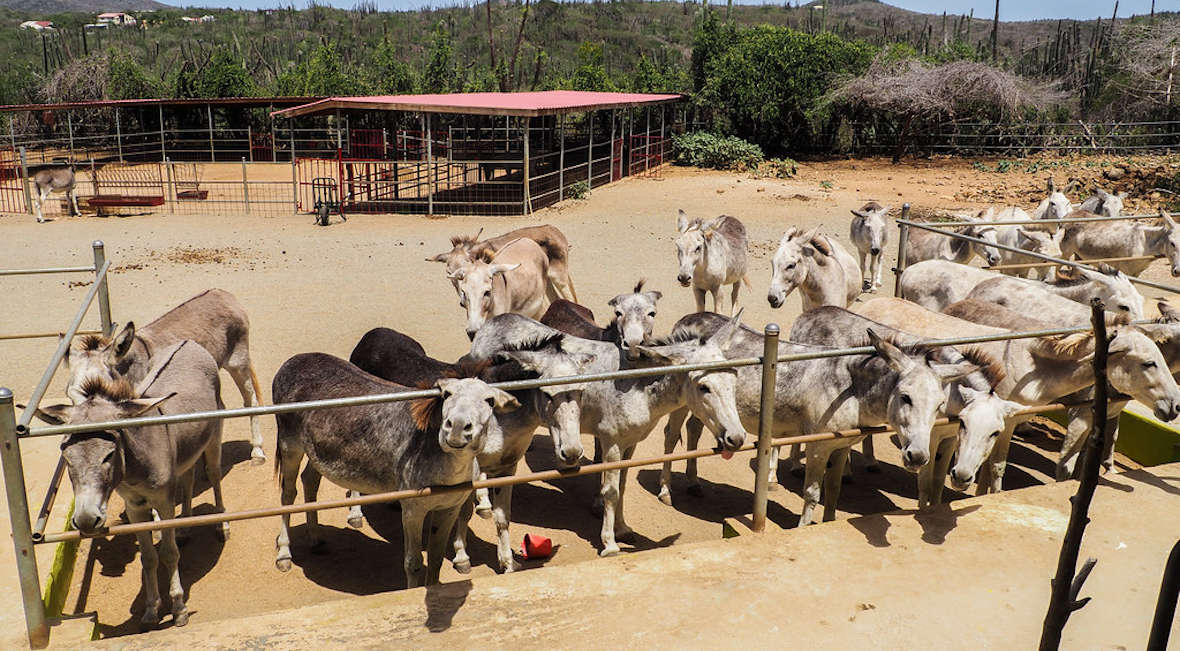
When the Spanish first set foot on the island all those years ago, they brought with them donkeys. And the creatures were the main mode of transportation in the centuries that followed. But in modern times, the descendants of these imported donkeys were of less use and set to roam free. Many didn't survive in the wilds, but those that did were eventually protected by the government and given homes like the Aruba Donkey Sanctuary. Visit to get up close to these friendly creatures, who are even sweeter if you come bearing apples or carrots. Popular for families with kids, the donkeys are always ready for some awesome photos and are sure to be a highlight of your trip to the island.
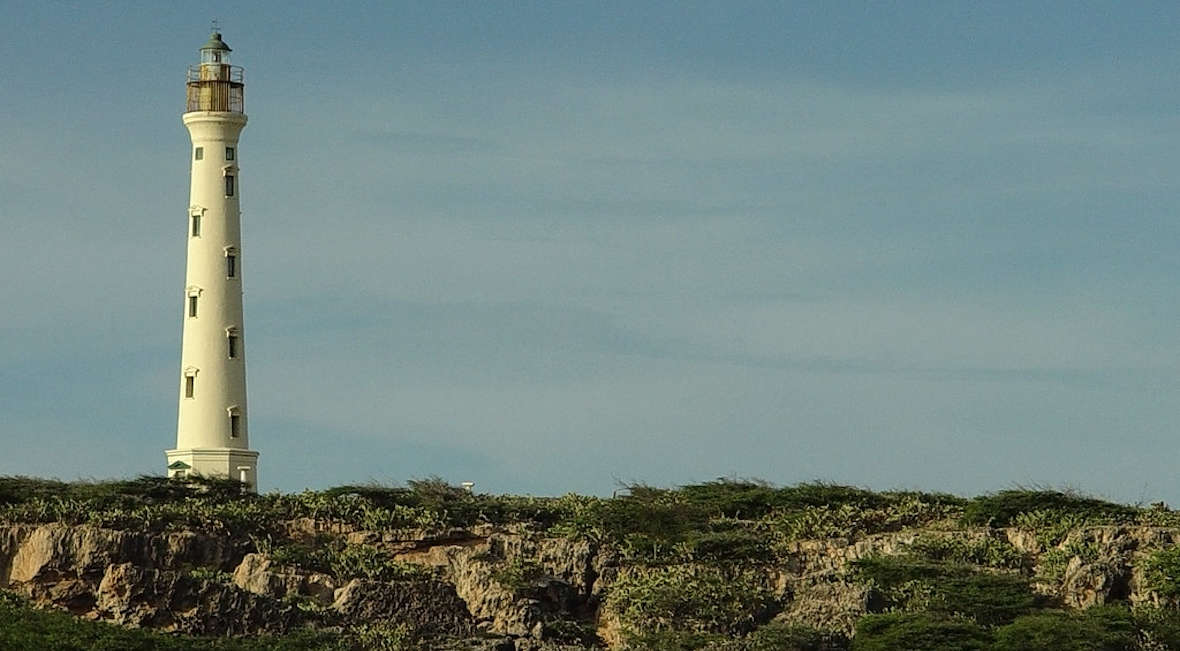
While it may remind of the West Coast of the United States, the California Lighthouse is actually named after a British ship that sank offshore in the 1800s. Picturesque as it is, and you will get some great photos, there's not much more than the towering structure at the site. But you will have amazing views across the coast and out to sea, and a tranquil time away from the busier spots on Aruba. Sunset is a particularly good time to visit, as the sun creates a fiery show as it sinks over the horizon.
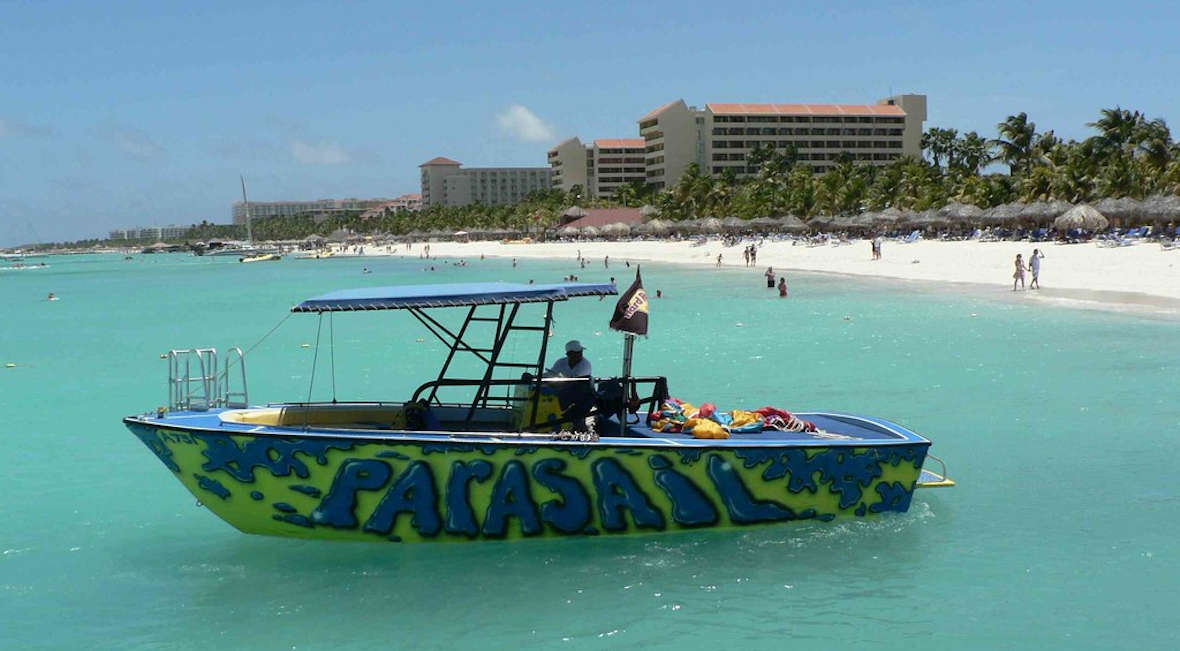
To get away from the busier sands and watersports of Eagle Beach, head a little further along the isle's western shores to Palm Beach. There you'll find white sands meeting turquoise waters that are good for swimming and a much more family-friendly vibe. Set in the "high-rise area" with the larger hotels, as opposed to the "low rise" spots like Eagle Beach, Palm Beach is centrally located. It's also a great place for happy hour drinks and to sit back and enjoy the sunset with a tropical cocktail at one of several tiki bars that back the beach.
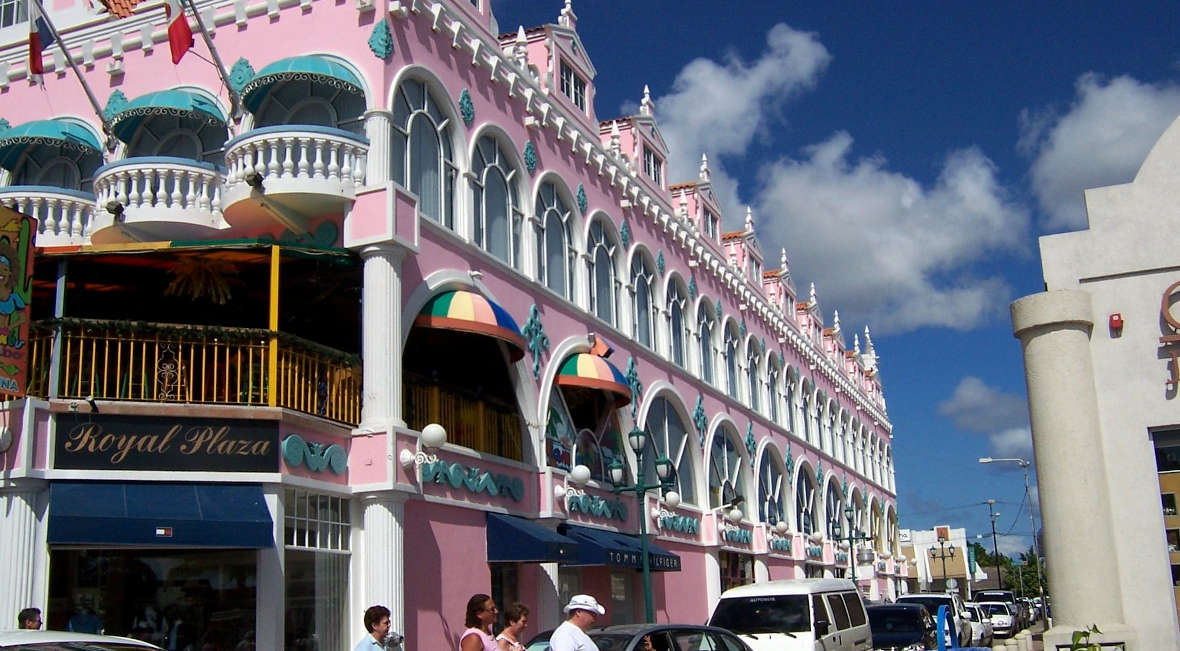
Aruba's capital is a colorful little metropolis, popping with the pinks, yellows, and blues of its Dutch colonial structures. Explore the historic streets of its downtown to enjoy eclectic cafés and museums that tell the island's history. If you dine at one of the many restaurants, order up an ostrich burger, a popular dish as there are numerous ostrich farms on the island, best enjoyed with some locally made Balashi Beer. Shopping is a particularly popular activity, with large numbers of jewelry stores offering prices that are much better than in many other parts of the world. For souvenirs and handicrafts, check out the marketplace.
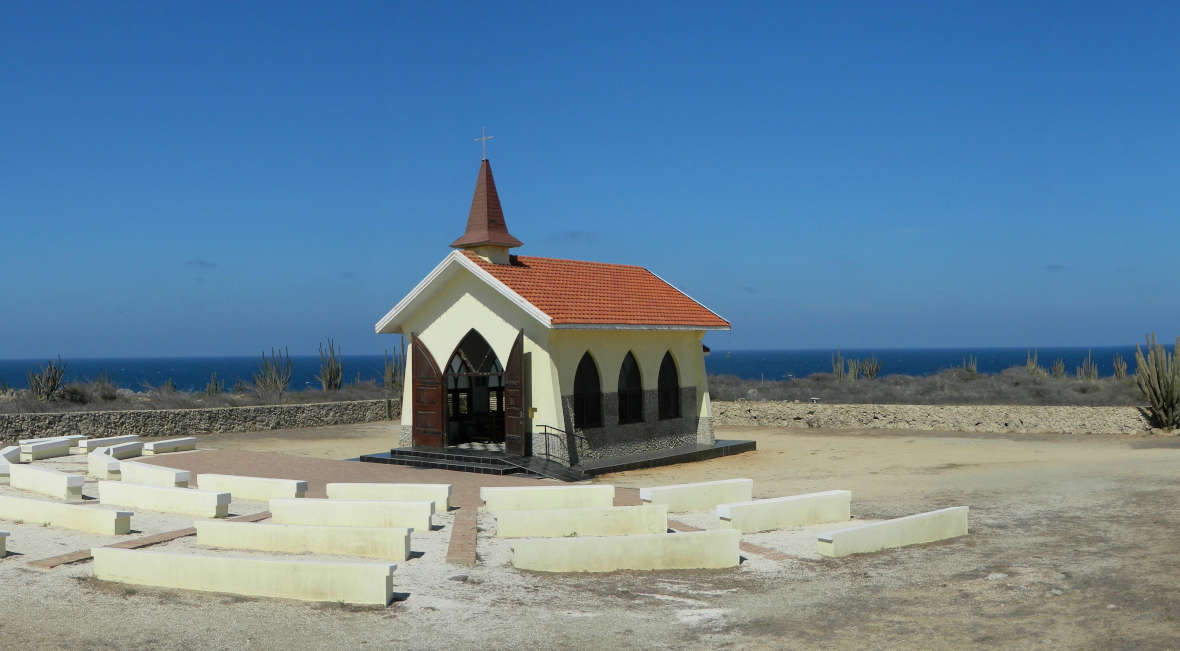
While the current chapel dates just to 1952, it was constructed on the grounds of the island's first Catholic church, which was erected in 1750. Follow a winding road marked by white crosses up to the sacred spot with sweeping views across the ocean, making the name of the church, "high view," all the more understandable. Both non-Christians and Christians alike are welcome to attend the weekly services that are held each Tuesday, when a priest from the town of Noord nearby arrives to perform the service. At all other times, it is a great spot to come to for some meditation and contemplation in a true place of peace.
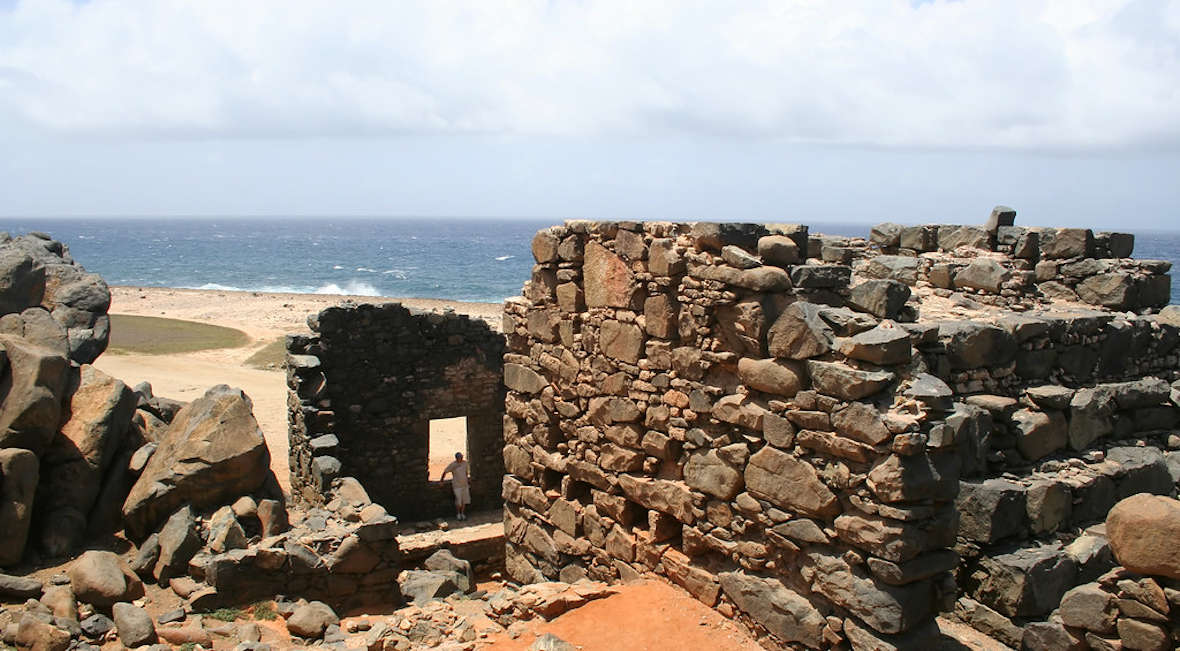
Gold was discovered on the island in 1824 and its mining was an important industry for nearly 100 years after. Today you can see remnants of that history at ruins in a narrow canyon by the rim of the Spanish Lagoon, reachable with a trek through the rocky route called Frenchman's Pass. Even though the structure for smelting was in use for less than ten years, the solid rock construction still stands strong over a century later. A photo from one of its windows facing the ocean is sure to make you the envy of Instagram.
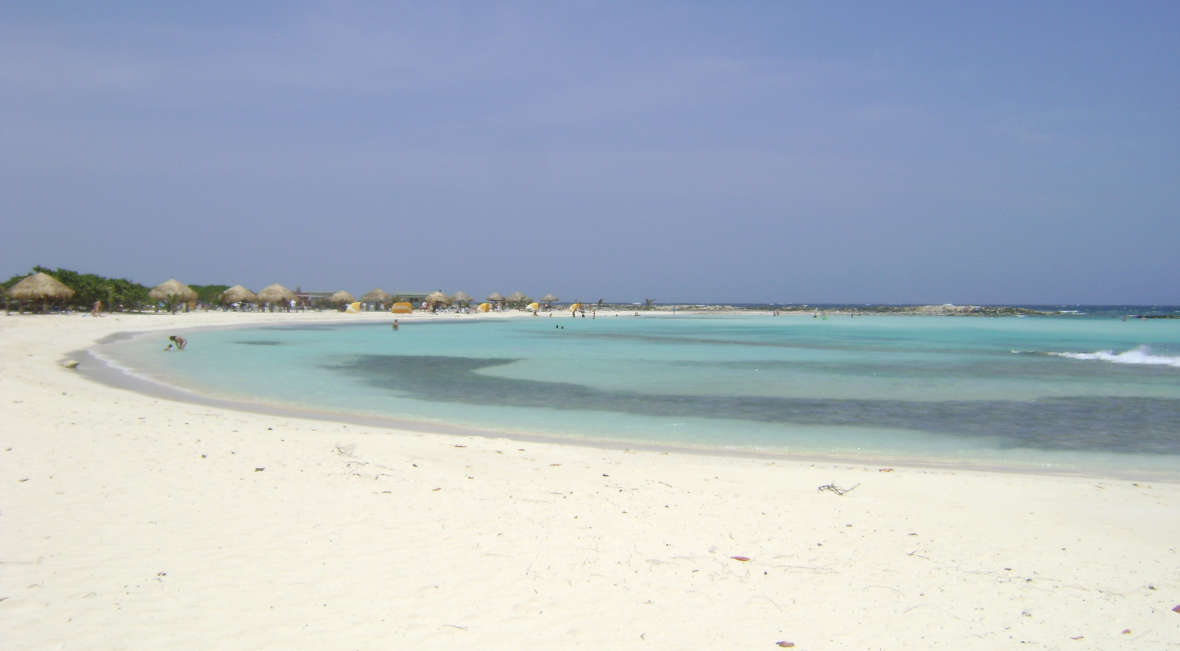
Take a break from the busier sands of Aruba with a trip to the more laid-back Baby Beach. A protective bay provides calm waters while wide sections of waist- and knee-depth shallows make it great for swimming with the kids. Snorkeling is also popular with crystalline waters in the lagoon´s rocky section that's home to a variety of tropical fish. Rent a beach chair, settle down in the shade of a palapa and just enjoy an escape on the powder-white sands.
© Copyright Vagabuzz.com - All Rights Reserved